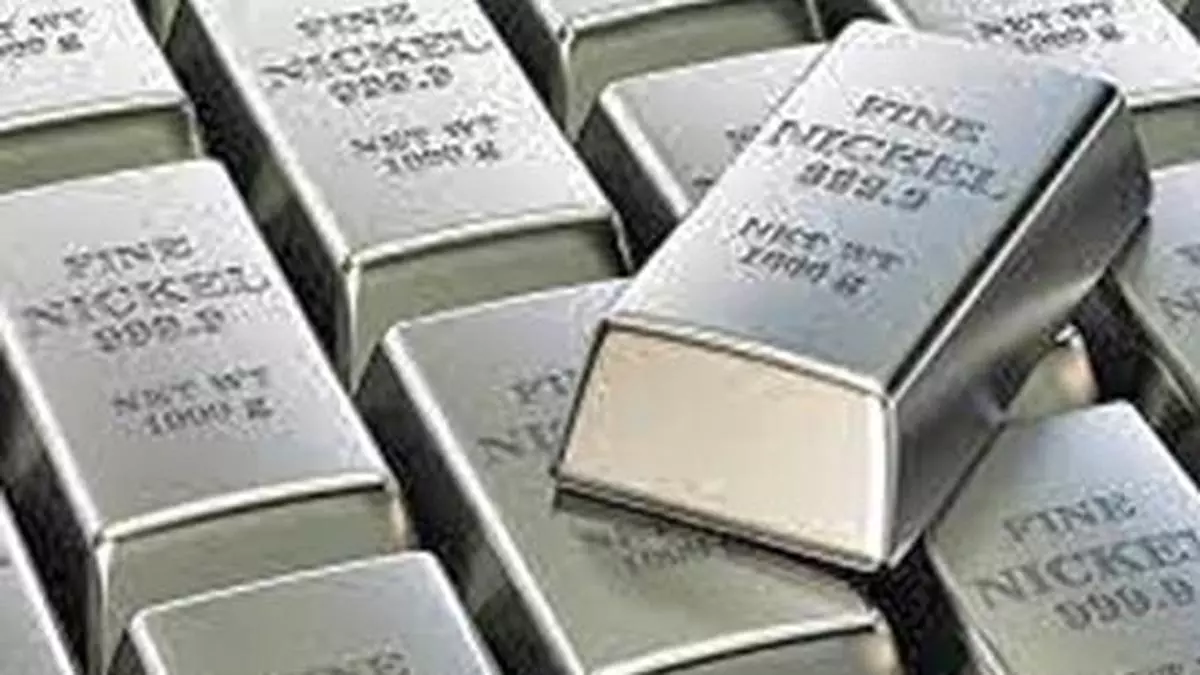Nickel prices will likely continue to be under pressure on substantial surplus in the market and the discovery of the metal at Wedei prospect in Papua New Guinea (PNG), say analysts.
“Our nickel price forecast for 2024 is being revised down from a previous $18,000/tonne to $17,300/tonne, as the market struggles with a substantial surplus,” said research agency BMI, a unit of Fitch Solutions.
The Australian Office of the Chief Economist (AOCE) said production cuts failed to boost prices. ”Despite nickel prices rebounding in the June quarter 2024, continued oversupply has driven down prices in the September quarter,” it said.
The LME closing nickel price dropped from $17,040 on June 28 to $15,503 on July 25, its lowest in 2024, illustrating that the market remains oversupplied despite recent closures and cuts to production.
The AOCE said the estimated average price of nickel in the September quarter was $16,200, some 14 per cent lower than the previous quarter. It forecast the benchmark LME nickel price to average around $17,100/t in 2024.
The Trading Economics website said the field programme results from the PNG project indicated significant nickel presence, leading to expectations of increased supply.
Minimal price growth
However, BMI said it anticipates minimal price growth for the remainder of 2024, with average annual prices expected to decline for the second consecutive year, dropping by 20.2 per cent from the 2023 average price of $21,688/t.
AOCE said nickel prices are expected to remain volatile due to short-term mismatches in supply and demand. BMI said nickel showed promise earlier this year, driven by supply concerns that spurred a brief rally, reaching a year-to-date high of $21,615 on May 20.
“However, after peaking in May, the optimism faded, and nickel prices reversed their gains, falling to $16,996/tonne by September 27,” the research agency said.
ING Think, the economic and financial analysis wing of Dutch multinational financial services firm ING, said the output guidance for its giant Indonesian nickel mine, Weda Bay, has been cut by 29 per cent from its previous projections.
“The company (Eramet) expects a shortfall due to the Indonesian government this week approving significantly fewer ore sales than the producer applied for over the next two years,” it said.
AOCE said while recent cuts in production outside of China and Indonesia should provide some support, weakening demand is likely to see nickel prices remain soft over the rest of 2024.
BMI said its forecast for Indonesian refined nickel production this year is optimistic than previously anticipated, with growth momentum remaining strong. “This ongoing expansion is expected to further depress prices, leading to a deeper market surplus,” it said.
The Australian Office of the Chief Economist said growing exchange inventories highlight extent of market oversupply. “Nickel inventories at the major exchanges have increased by 90 per cent since the beginning of 2024, owing to production growth in China and Indonesia overtaking global nickel demand,” it said.
BMI said despite the current downward pressure on nickel prices, it foresees potential upside risks – such as possible supply disruptions and a weakening US dollar later in the year – which could provide a price floor, preventing significant declines from current levels. ING Think said Indonesia is already struggling with severe ore shortages due to issues with government permits since the start of the year, forcing smelters to pay high premiums to procure the raw material.
“The local smelters have been relying on imports from the Philippines recently, with shipments of 5.3 million tonnes already being shipped from the neighbouring country this year compared to imports of just 3,74,400 tonnes last year,” it said.
On the supply side, BMI said it anticipates a significant increase in 2024 global refined nickel production. The output increase, driven by a rise in Indonesia and China, will be the core driver of price declines, it said.
AOCE said despite a large loss in western producers, emerging and marginal Indonesian producers are likely to contain any price increases. “The LME nickel price is expected to average $17,400/t in 2025, and around$17,800/t in 2026,” it said.
BMI said Indonesia’s growing ability to convert its abundant low-grade nickel into high-grade Class I nickel will also exert significant pressure on LME nickel prices.
